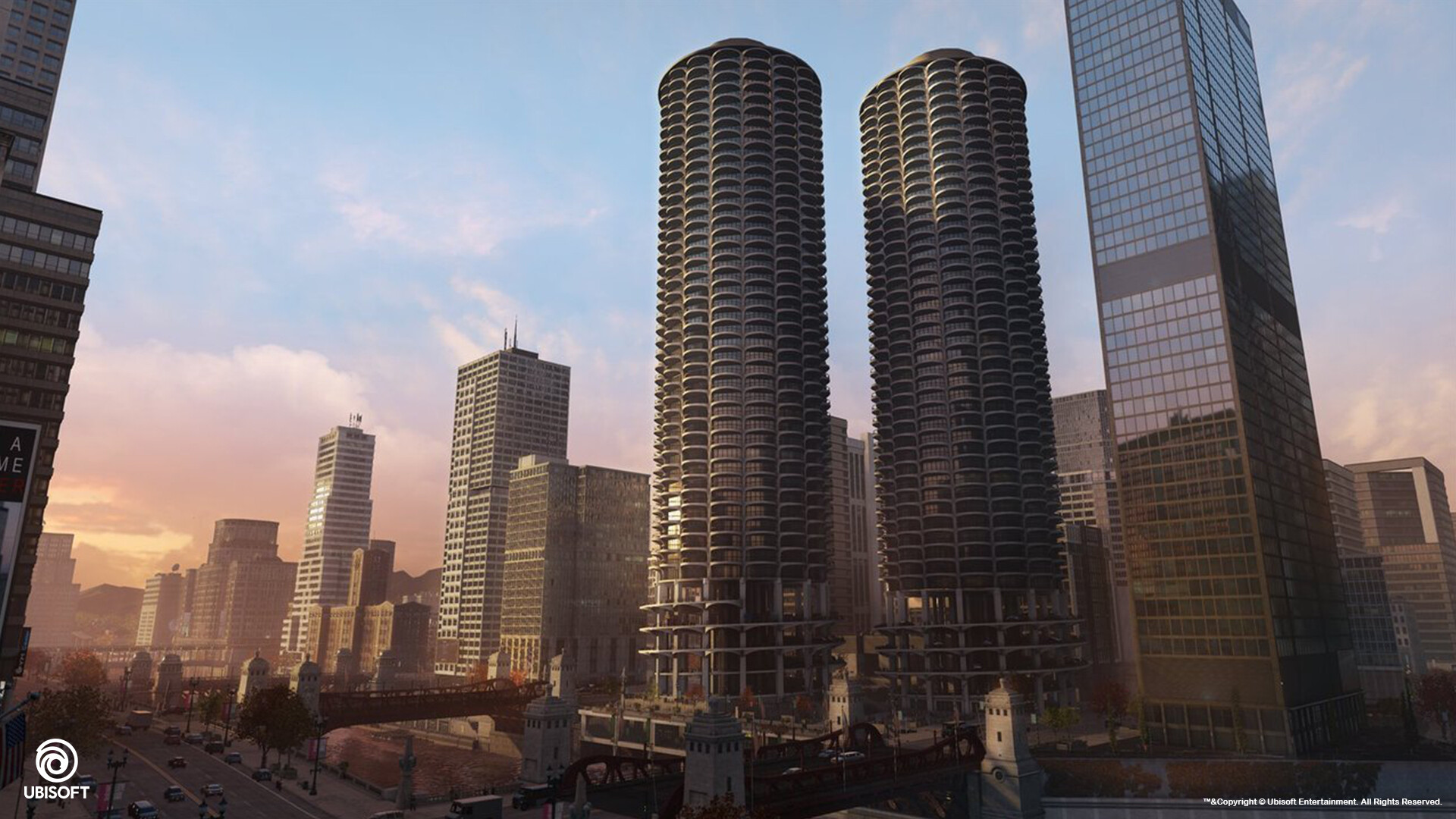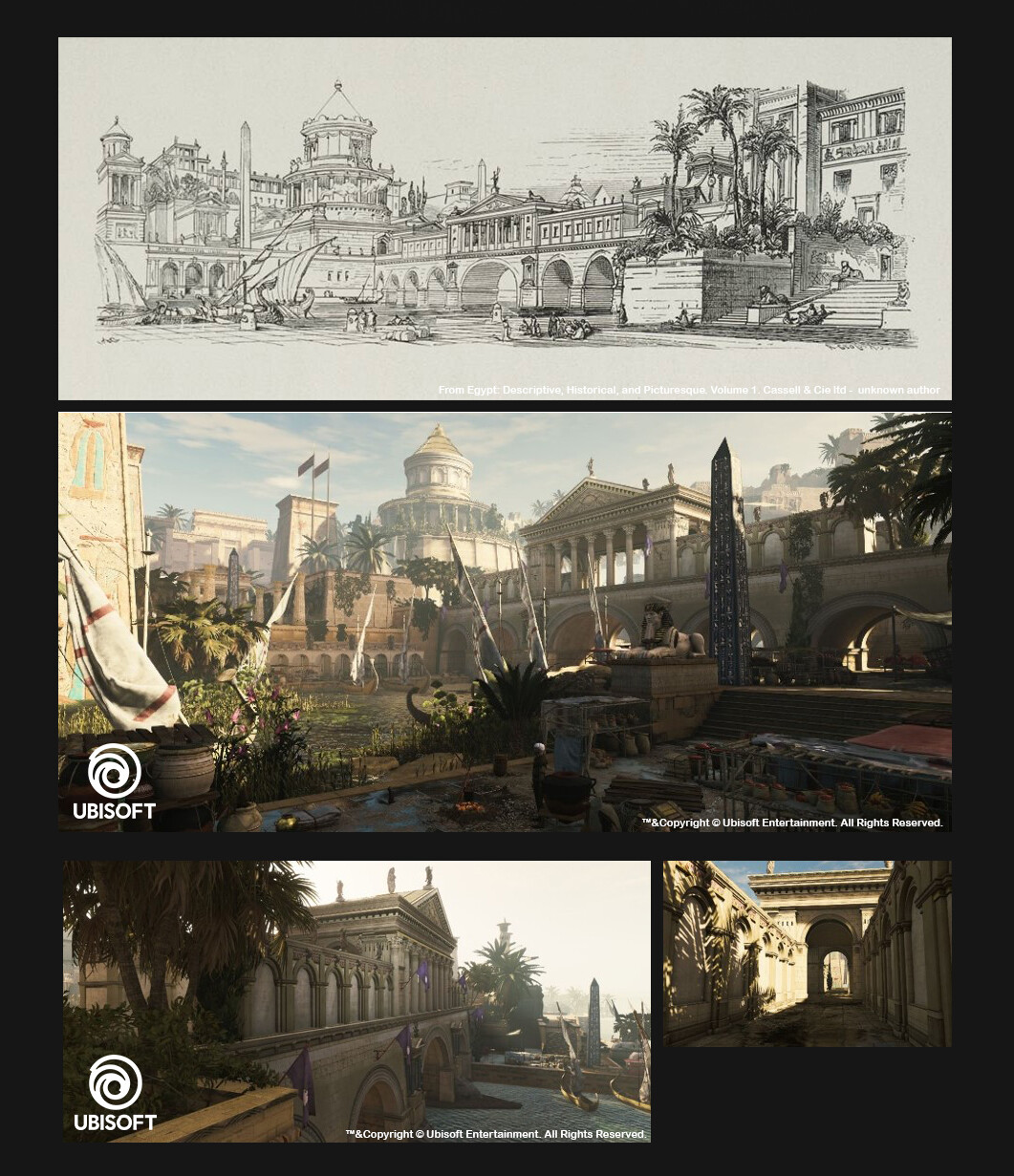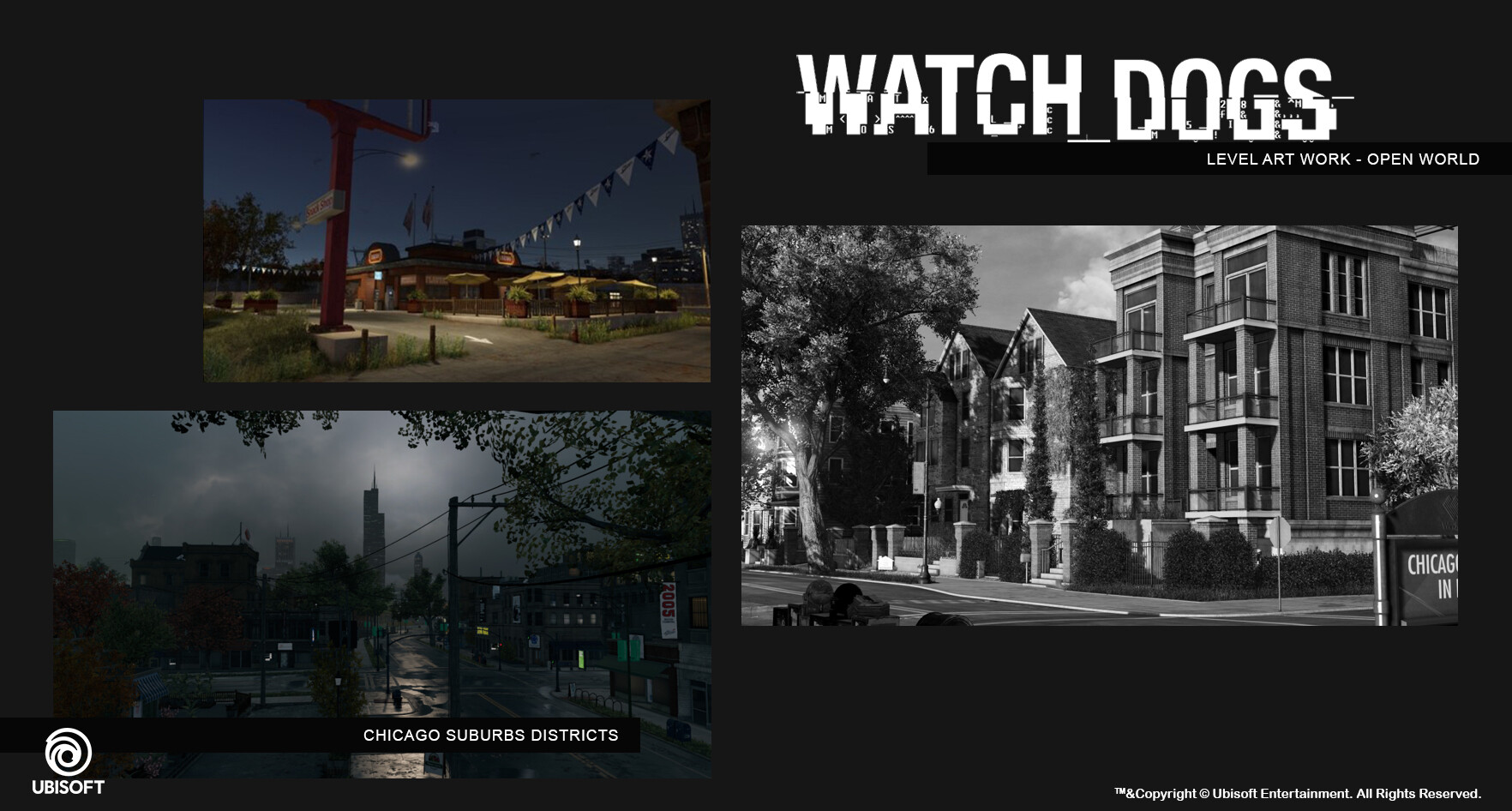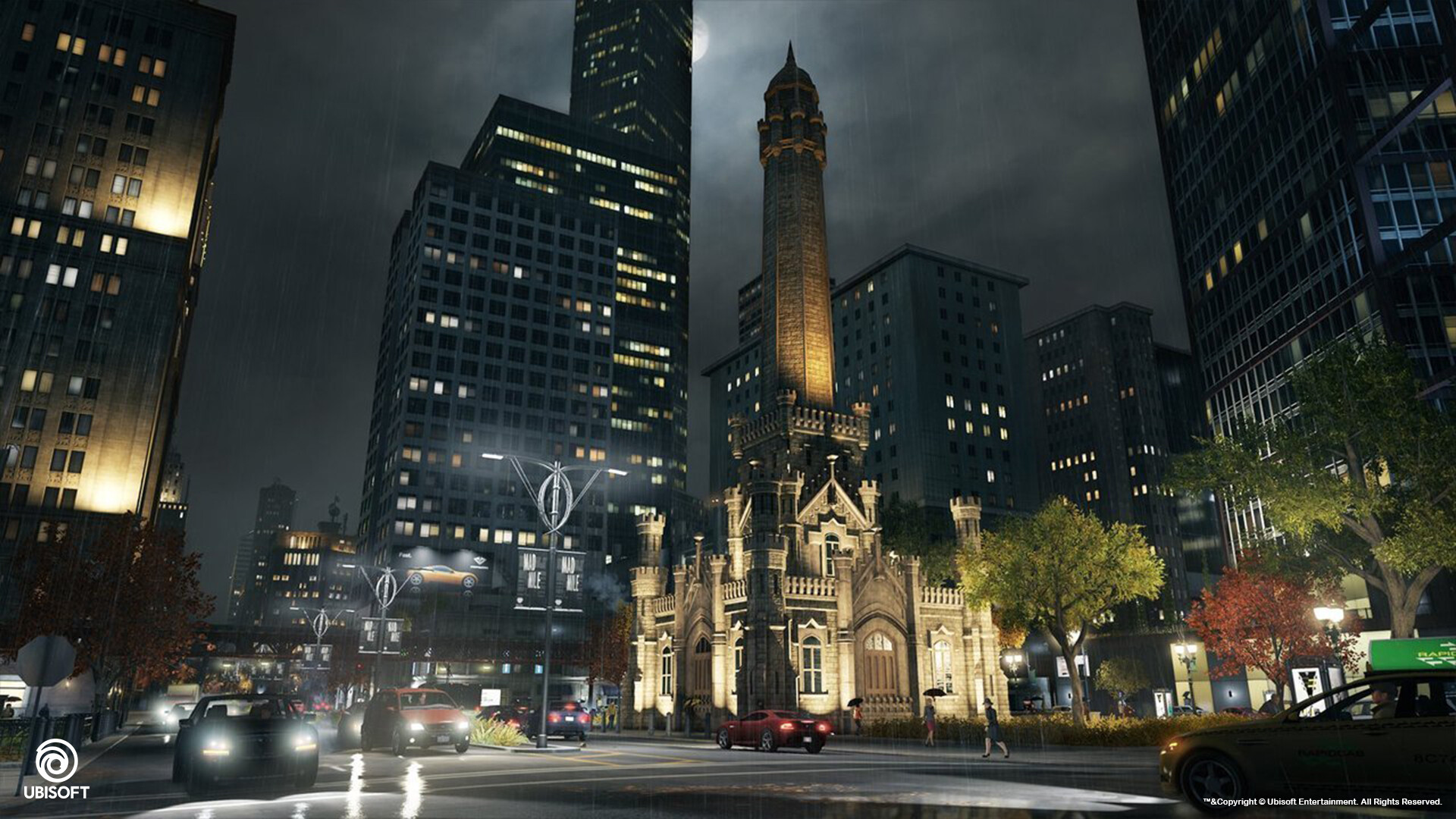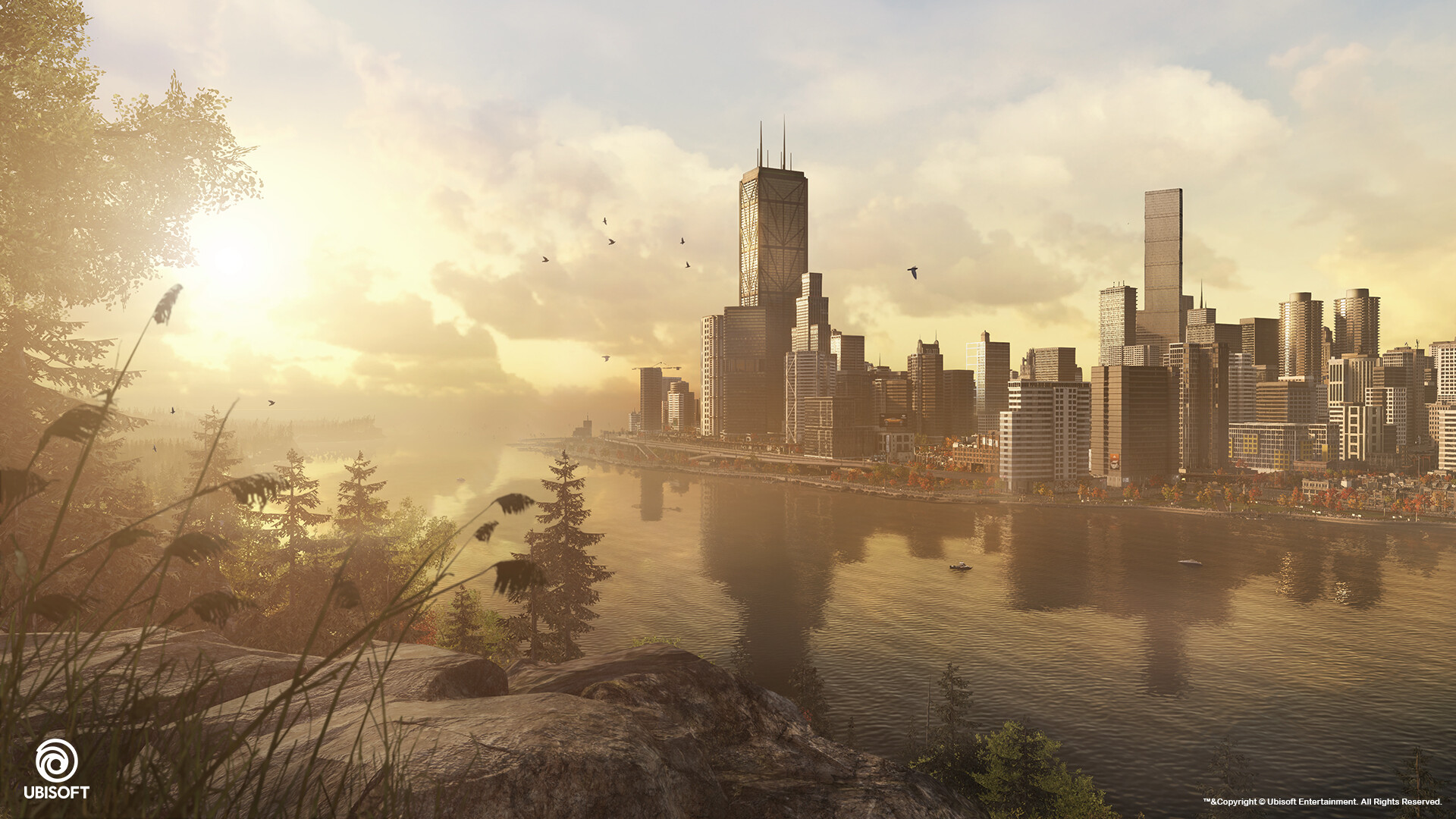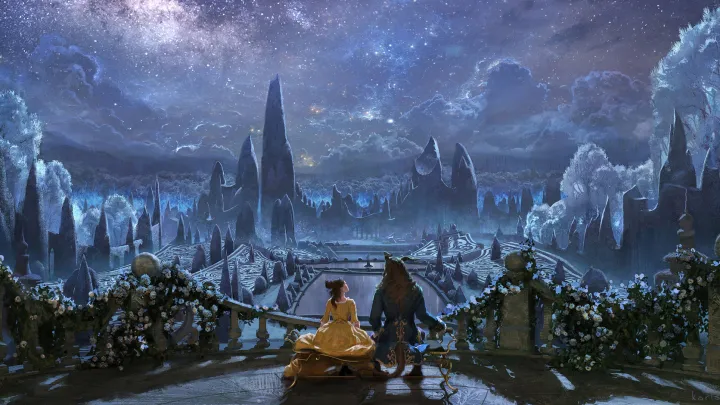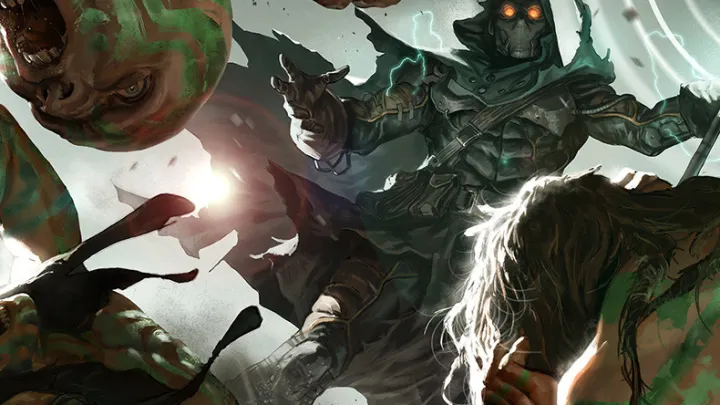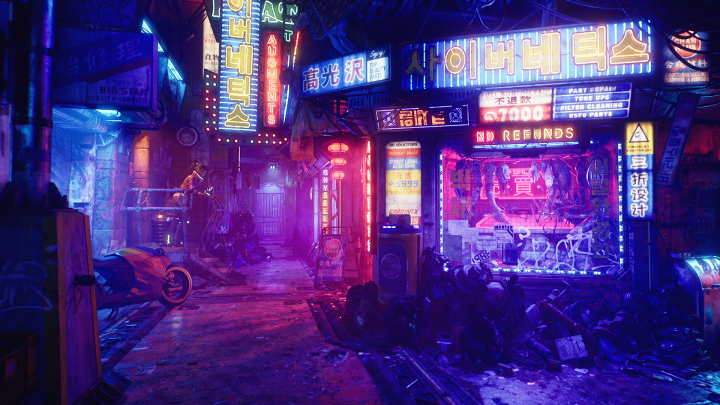Meet Art Director Magali Sonnet-Debard
Square Enix Montréal Art Director Magali Sonnet-Debard has worked with some of the world’s top video game IPs and development companies. Before joining Square Enix Montréal, the mobile game developer behind the popular Hitman GO trilogy, she worked at Eidos-Montreal as Associate Art Director. She also worked for EA Montreal, Behaviour, Ubisoft Montpellier, and Ubisoft Montreal as Assistant Art Director, Lighting Artist, Technical and Level Artist, and Senior Product Specialist for the Technology Group.
Having worked on AAA console games for more than 15 years, and now on an upcoming AAA mobile game, Magali has plenty of pioneering insights to share about the video game industry.
When did you first discover your passion for video games?
When people ask this question, they expect me to say that video games have always been my greatest passion. Truth is, they haven’t.
When I was young, back in the days when I had a Commodore 64, video games weren’t considered a career. Even less so for a girl! I did play games like Frogger, Bubble Bobble, Mimi la Fourmi, and Maniac Mansion (that last one I had to play with an English-French dictionary on my knees). However, I was fascinated by having to use my imagination to build the colours on the screen and the sounds coming out of my computer.
It is only later, with the arrival of the first consoles, that I got the calling. The industry had grown up. By then, I was a self-identified nerd with an interest in space, technology, science, and medicine. Having artistic abilities, I studied graphic design. It didn’t take long before learning about 3D software made me want a job that requires teamwork and brings together art and technology. That is the story of how I came to apply for my first in-game job.
What spurred your career move from Environment Artist to Art Director?
It’s kind of a sad story – but with a happy ending!
I really loved creating environments and being involved in all areas of a production including technical aspects, general design, and lighting. Unfortunately, major productions make for an extremely competitive and demanding environment where we can end up losing our personal boundaries. I ended up injuring a nerve in my right arm and, despite several surgeries, I have permanent sequelae which limits my ability to work with my right hand. After an intensive occupational therapy program, I am now able to work with my left hand but using 3D software and gaming gear usually requires both hands.
I had to learn to delegate and ended up having a lot of fun sharing my knowledge with a team. An artistic director is a bit like a conductor. Musicians play the music with their instruments but there has to be a bond and mutual trust between the musicians and the conductor for the magic to happen. It is the same with an artistic team on a game.
What are some of the major technological or artistic shifts that you’ve experienced while working in the industry?
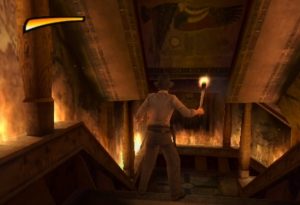 Rendering techniques and graphics capabilities have evolved so much! I have a soft spot for all things lighting. Early in my career, we used to bake the colour in the vertices to simulate light. The diffuses were also painted with highlights and shadows to give texture and depth.
Rendering techniques and graphics capabilities have evolved so much! I have a soft spot for all things lighting. Early in my career, we used to bake the colour in the vertices to simulate light. The diffuses were also painted with highlights and shadows to give texture and depth.
When I see the cinematic rendering of certain games today, I am in awe of the technological advancements that have taken place in such a brief period of time. Truth be told, I am nostalgic for the old ways that gave players more space for interpretation. Photorealism gives less place for the imagination. There is still so much to invent and explore in stylization!
What are some of the creative challenges and/or rewards of working with established IPs?
Each IP comes with its own challenges, but I’d say having to innovate while staying true to the original brand.
While it is incredibly rewarding to work on popular IPs with an engaged community, we open ourselves up to more criticism. One misstep and there are thousands of comments from disappointed fans. The stress of unveiling a game and waiting for player feedback after years of hard work can be intense. But, when players love the game, it’s the best reward ever!
In your opinion, what are the skills that an art director needs to be successful in their profession?
There is no question that communication is an Art Director’s most valuable tool. It’s very tempting to isolate yourself and draw in your corner, but creating a game is all about teamwork. Having a vision and knowing the destination is one thing, knowing how to communicate it well so that everyone can draw inspiration from it is another. The Art Director is the keeper of the game design’s overall consistency so that players enjoy the best possible experience.
Of course, a good artistic foundation and an understanding of harmonious proportions, the importance of contrasts, and the harmony of colours are skills that are learned over time. Good artists have these skills, but use them intuitively. A good artistic director must know how to explain them concretely to help his or her team members grow and evolve.
Working as part of a smaller team in a mobile game studio allows you to take the time to get to know each person. Everyone’s contribution is important, and it is possible to develop multidisciplinary skills rather than specializing in a single area, not to mention the bond of belonging and trust that keeps me motivated.
What professional achievement to date are you most proud of?
Isn’t that the hardest question! I am the proudest when I feel that I have succeeded in finding the potential in the people with whom I work and that I manage to give them the boost to move them forward. I take great pleasure in teaching. It is so satisfying to share knowledge.
As our careers progress, we tend to forget the passion of the early days when everything was possible. Collaborating with people just starting out is a great reminder!
Can you speak to the impact of having more diversity when it comes to a project’s creative vision?
I sincerely believe that more diverse teams are more creative and innovative. Creativity is nourished by our stories, our experiences, our way of experiencing situations. Diversity brings so many more perspectives! And conversely, I am convinced that we can have a positive influence on tolerance and acceptance of diversity by being more inclusive in our content.
What advice do you have for students who are looking to pursue a creative career path in the game industry?
A career is a long marathon. If you sprint from the beginning, you’ll run out of breath.
Take your time and cultivate your passion. Learn at every step, every day. Build solid bases and continue to nourish your creativity every chance you get and from multiple sources. If at any point you don’t move forward, go back to basics. Although most of our business now takes place in front of a screen, it is outside of this pixel world that we find inspiration.
Square Enix Montréal is always looking for new talent to join its team and work on the mobile games of tomorrow. The studio also opens internships every semester. Visit the Square Enix Montréal page on ArtStation Jobs for open positions.
Want to know what it’s like to intern at Square Enix Montréal? Read their latest Intern Report blog article written by their summer 2021 interns, and check out the Internships page for more information on life at Square Enix Montréal.
Interview translation assistance was provided by Nedjma Belbahri.
